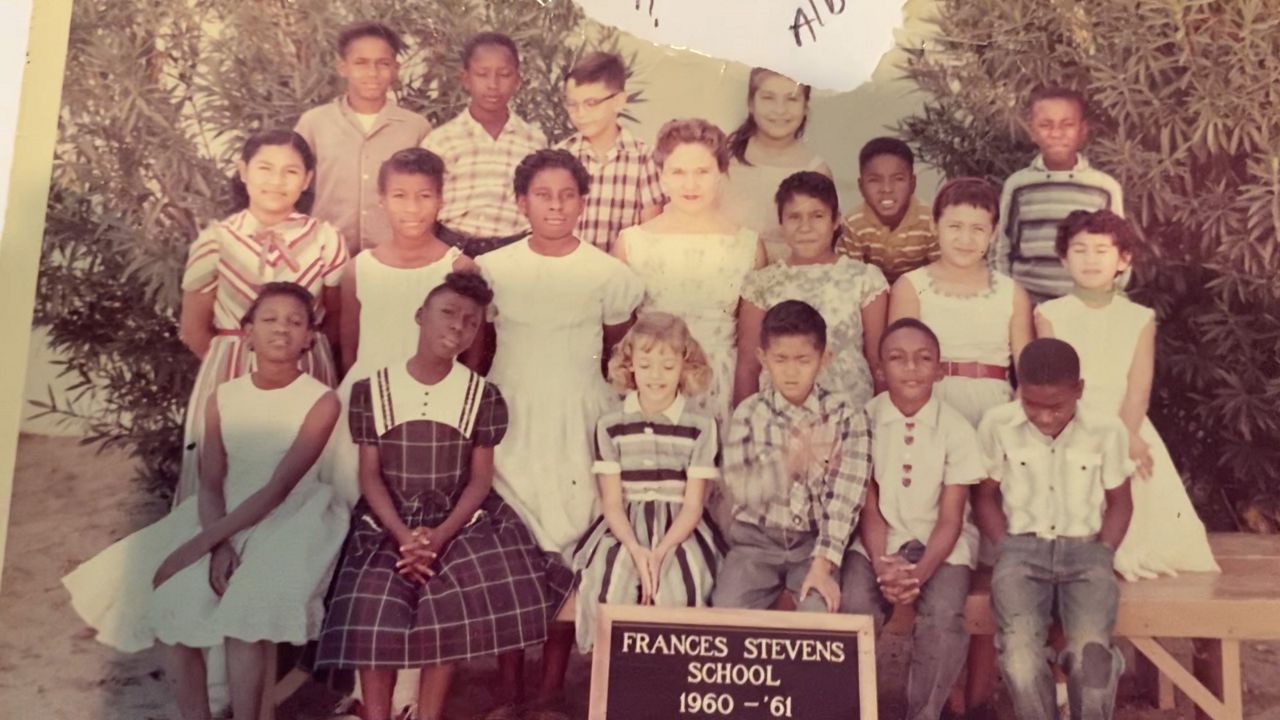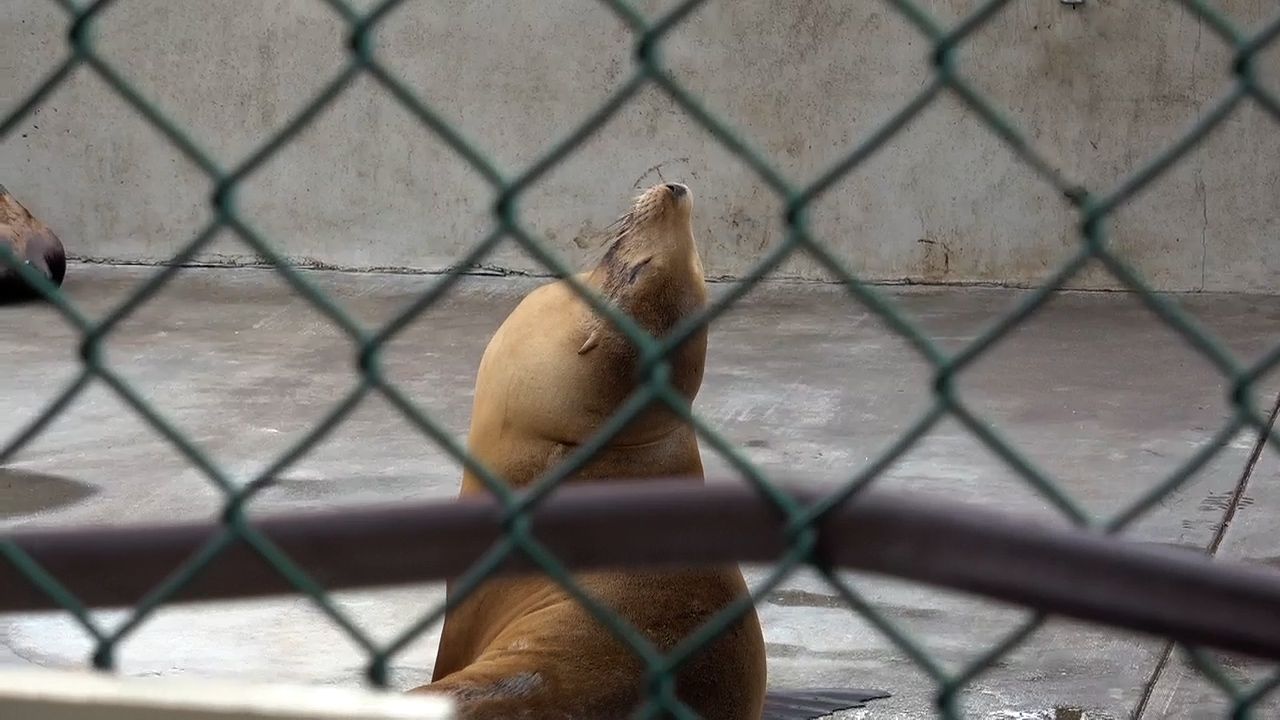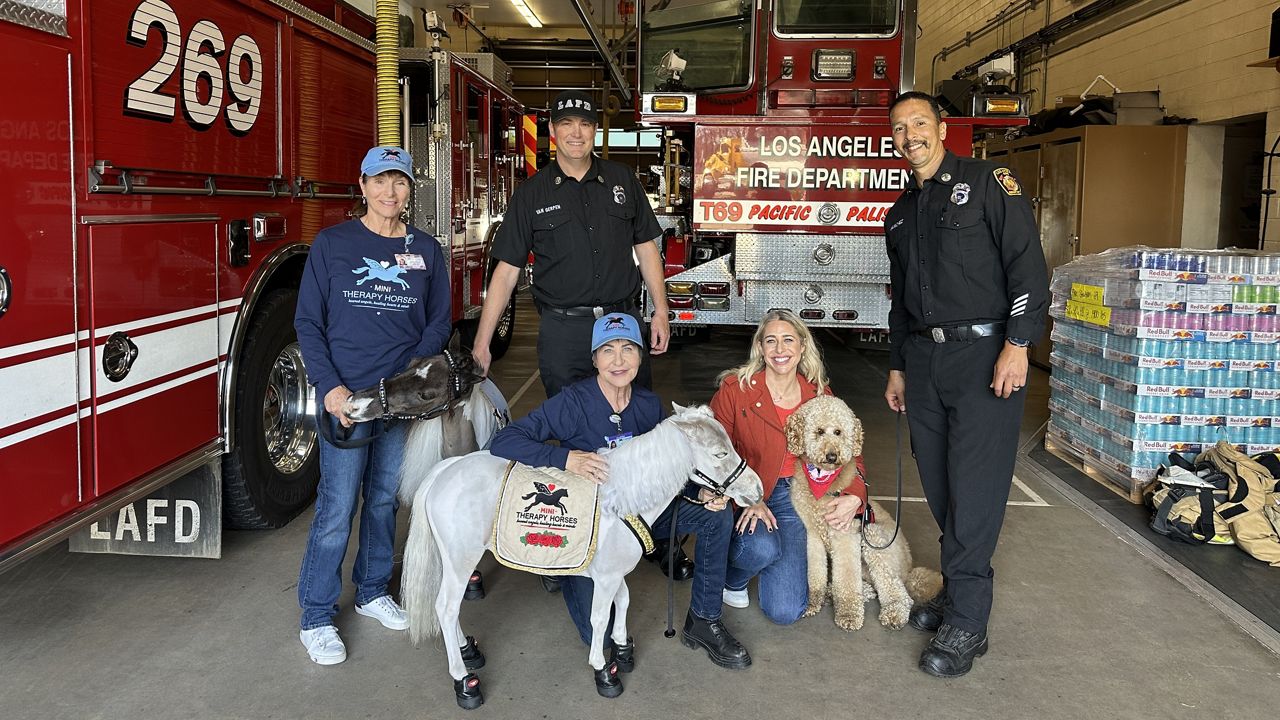PALMDALE, Calif. — The pictures she’s preserved are proof that her neighborhood existed.
Pearl Devers has binders, files and folders full of images that paint a happy portrait — smiling at school, Christmas celebrations and homes full of life and laughter.
“It was such a pivotal, beautiful moment in my life. My father was a carpenter who helped build the hospital where I was born, and he also built our home, on Section 14,” Devers said.
Dervers grew up in an area of Palm Springs known as Section 14 — one of the few parts of the city where residents of color could have property in the city.
“We were called all sorts of derogative names, but because we stayed within our neighborhood and we felt protected and loved, that was our safe haven,” Devers said.
Section 14 was comprised of over 600 acres near what is now downtown Palm Springs. The site was owned at the time by the Agua Caliente Band of Cahuilla Indians. Devers’ family and hundreds of others leased the land. But, in the 1950s and 1960s, as Palm Springs grew in popularity as a vacation spot amongst Los Angeles celebrities, Section 14 was seen as valuable real estate, not being put to good use.

“What happened was the city, the Mayor, ordered a destruction of the homes, they never received a notice,” Devers said.
The neighborhood was razed, and families weren’t offered compensation or relocation support.
In November, the city of Palm Springs released a statement addressing the displacement and destruction: “Over the past two years, the City Council and Staff have set out on a course aimed at making right what happened during that period. While this process may seem to be taking longer than some might light, the City has an obligation, not only to those who were displaced but also to its residents, businesses and taxpayers.”
The city has also committed to finding a reparations program, saying, “the scope of work consists of reviewing and verifying the historical context of residents displaced from Section 14 and helping the City develop a reparations program.”
The city has also removed a statue of former Mayor Frank Bogert, who oversaw much of the destruction of the Section 14 homes.
Areva Martin, a civil rights attorney, is working with Pearl Devers and many other residents of Section 14 and their descendants. The group of survivors have filed a government claim against the City of Palm Springs.
“What we did is lay out what we believe to be the federal and state laws that were violated and which give us a right to a particular remedy,” Martin said.
The city has indicated that they’re willing to work with Martin and the former residents to come to a solution.
Martin said the financial and emotional impact of the destruction of Section 14 is enormous.
“We had a preliminary harm assessment done by economist Dr. Julianne Malveaux. Based on her assessment, the harm ranges anywhere from $400 million to $2 billion. But in terms of what will be the resolution, we don’t know that yet,” she said. “One of the things that’s critical is that the remedy be driven by the people who were harmed.”
For Devers, more than anything, a resolution would look like recognition.
“It’s our legacy. It’s our life,” she said. “How we contributed, what work we did. That’s history. We don’t want our history to be erased.”











